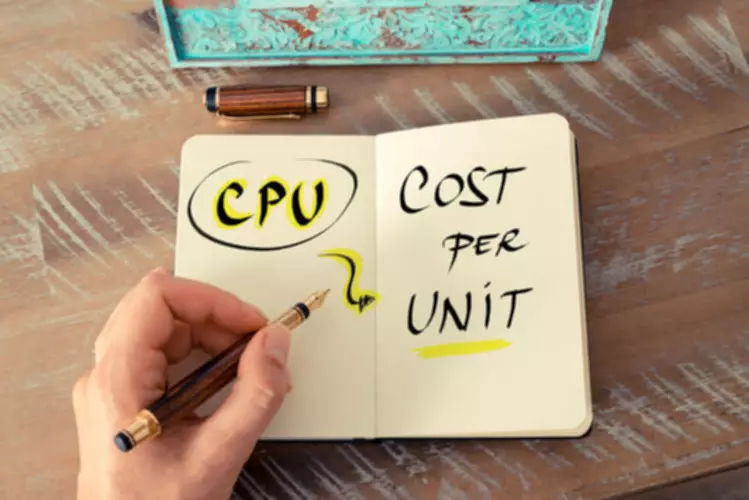Content

But what is working capital ratio, and what is the working capital ratio formula? In simple terms, it’s the difference between your company’s current assets (that is, things with financial value that you own or are owed) and its liabilities, such as loans to repay. A low working capital ratio, usually below 1, indicates that current liabilities exceed current assets. This can be beneficial in terms of having high turnover and profitability, reducing storage and maintenance costs, and having access to cheap or flexible sources of short-term financing. However, a low working capital ratio can also come with risks such as cash flow problems, low bargaining power, limited room for growth or innovation, and potential financial distress or insolvency. A company’s working capital ratio can be affected by a variety of factors, such as the industry and business cycle, the size and growth stage, and the strategy and objectives.

On the other hand, a ratio above 1 shows outsiders that the company can pay all of its current liabilities and still have current assets left over or positive working capital. The working capital ratio is calculated by dividing current assets by current liabilities. You may not talk about working capital every day, but this accounting term may hold the key to your company’s success. Working capital affects many aspects of your business, from paying your employees and vendors to keeping the lights on and planning for sustainable long-term growth. In short, working capital is the money available to meet your current, short-term obligations.
Using the Working Capital Ratio
The ratio represents the average number of days it takes to receive payment after a sale on credit. It’s calculated by dividing the average total accounts receivable during a period by the total net credit sales and multiplying the result by the number of days in the period. The working capital ratio, also known as the current ratio, is a measure of the company’s ability to meet short-term obligations.
Traditionally, companies do not access credit lines for more cash on hand than necessary as doing so would incur unnecessary interest costs. However, operating on such a basis may cause the working capital ratio to appear abnormally low. Most organizations aim to have a ratio between 1.2 and 2, though it varies by industry. High-turnover industries like supermarkets and fast food can get by with negative working capital because money often comes in faster than it goes out. But manufacturers of heavy equipment can’t raise cash quickly because their goods are often paid for in long-term payments. It’s only part of the total liquidity picture, but the working capital ratio is a solid place to start when you’re measuring your company’s financial health.
Sustainable Investing Topics
The ratio is used by lenders and creditors when deciding whether to extend credit to a borrower. Working capital ratio is a measurement that shows a business’s current assets as a proportion of its liabilities. It’s a metric that provides an overview of financial health and liquidity, indicating whether current liabilities can be paid by existing assets. It provides another view of financial health beyond what can be discerned from the income statement and balance sheet. The two main financial reporting standards, generally accepted accounting principles (GAAP) and the International Financial Reporting Standards (IFRS), both require companies to file statements of cash flows. For example, a company might have a solid net working capital 1.8, but a very sluggish average collection period for accounts receivable.
Make it part of your financial workflow, and ensure you have the capital you need to carry your company into a sunny and successful future. The opposite is true of your current liabilities, which decrease working capital as they grow and increase it as they contract. In some cases, working capital is obtained through financing (e.g., credit lines, traditional loans, overdrafts, letters of credit, etc.) rather than generated from revenue. Knowing the answer to this simple question can make all the difference when you’re planning and pursuing new initiatives, strategic growth, or product innovation.
Curent Ratio
A disproportionately high working capital ratio is reflected in an unfavorable return on assets ratio (ROA), one of the primary profitability ratios used to evaluate companies. Investments include the purchase of securities and long-term physical assets, which cause an outflow of cash, but also gains on invested funds, which can result in cash inflows. Financing might include loans for buying equipment but also selling and reacquiring stock in the company.
- Ratios greater than 2.0 indicate the company may not be making the best use of its assets; it is maintaining a large amount of short-term assets instead of reinvesting the funds to generate revenue.
- A company’s working capital ratio can be affected by a variety of factors, such as the industry and business cycle, the size and growth stage, and the strategy and objectives.
- Tracking it is key, since you need to know that you have enough cash at your fingertips to cover your costs and drive your business forward.
- Represented as a ratio, if the figure is 1 or above, the business has net positive working capital.
- Therefore, it is important to know how to improve the working capital ratio.


